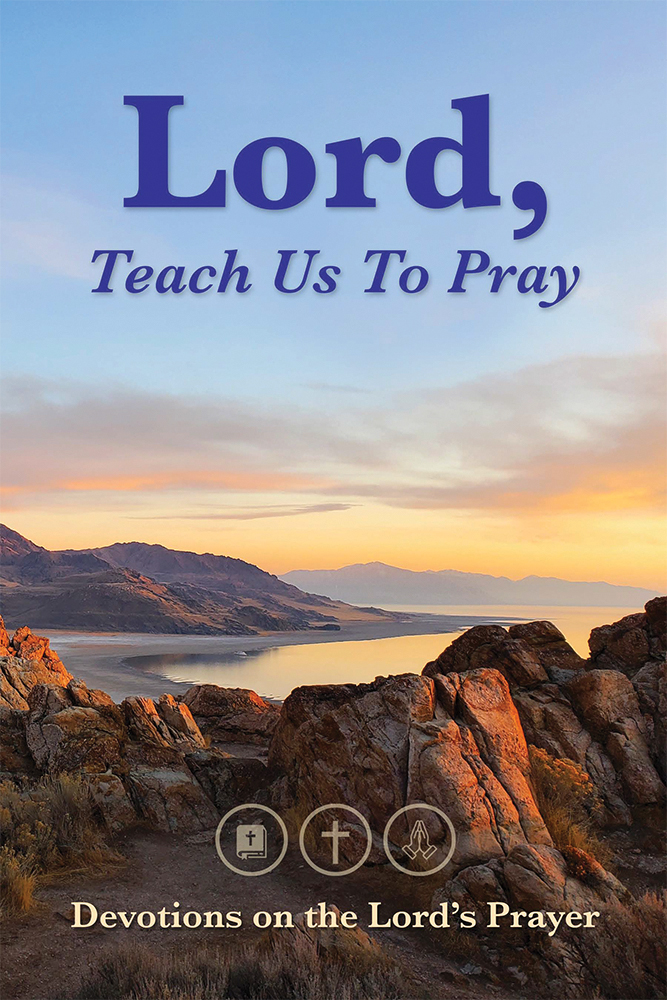What do you think of when you hear the term “classroom assessment”? Do images of quizzes and tests fill your mind? Without a doubt, written response quizzes and tests can give you a window into the depth of a student’s understanding, but the introduction of these quizzes and tests might raise an eyebrow or two in your Sunday morning adult Bible study. Some participants may be too polite or too shy to raise their hands and ask you to clarify if they’re confused. So what can you do as a teacher to find out whether your adult learners are tracking with the content at a particular point in class? In this article, we’ll talk a bit about the benefits of assessment even in classes for which you’ll never record a grade in a grade book.

All assessment seeks to answer this question: What is the participant’s level of understanding in regard to the content being taught? Formative assessment takes place while the learning is being formed, and summative assessment takes place at the summit of the learning experience. In other words, formative assessment tells you how they’re doing. Summative assessment tells you how they did. An in-class quiz might be an example of formative assessment. A unit test would be an example of a summative assessment.
Let’s concentrate particularly on formative assessment in adult Bible studies. Without actually giving a quiz, how can students show what they know? How can a teacher find out what they know? Before we get to the how, let’s first discuss the why. Why would we need to know what they know? Formative assessment benefits the teacher because it gives direction to the instruction. For example, if a math teacher gives a quick quiz after teaching long division, and the majority of her students get the majority of the problems incorrect, she now knows what they know (not enough quite yet!) and that fact informs how she proceeds in class. She knows that she needs to restate, reteach, and give a little more practice time before they can move on. Formative assessment has an additional benefit for the teacher: he gets to hear from learners who wouldn’t typically raise their hands and ask questions. In formative assessment, every learner has the opportunity to contribute. One example of a simple formative assessment in Bible study might be a simple “thumbs-up, thumbs-down, thumbs-medium.” The teacher could say, “Does what I just said there make sense to everyone? Give me a thumbs-up for yes, a thumbs-down for no, or a thumbs-medium for not sure.” The result then informs what the teacher does next. Formative assessment benefits the students because they are able to gauge what they know and what’s still unclear. For adults who greatly desire to grow in their knowledge and faith, formative assessment allows them to see the Holy Spirit’s blessings in real time, to see and say, “By God’s grace, I’ve made some progress.”
One quick additional note on that. It should be clearly stated that no Bible class teacher can accurately assess all the growth and progress that’s happening in his classroom. That is between the Holy Spirit and the individual. The growth may not be realized by the individual until long after the class has ended. When we speak of assessment, it’s merely in the realm of the Bible teacher seeking to do all he can to be a faithful steward of the teaching ministry entrusted to him (“Am I doing well the job I’ve been called to do?”).
When it comes to the how of formative assessment, the options are many. Technology expands the options even more. The web-based learning game Kahoot! is practical for an adult learning classroom because most course participants have their own phones. Poll Everywhere, an online customizable polling platform, allows learners to easily respond (again, via phone) to a poll question with the ability to post the results on a slide up front in real time.
But even if you are in a “no-tech” situation, your options are many. In addition to the thumbs-up strategy mentioned earlier, a teacher could employ a “Think-Pair-Share” learning activity (see the Teaching Toolbox section of TTW Vol. 7.9 to learn more about this technique). After they’ve shared their thoughts with one another on a question, systematically have them share their thoughts with the group (“I’m going to ask that you designate one representative from your table who will summarize and share your collective thoughts with the group.”)
Don’t forget the art of reading nonverbal cues when it comes to formative assessment. If they look bored or confused, it’s probably because they’re bored or confused. Adjust your teaching accordingly. Finally, a “3-2-1” learning activity can also help you discover what they know and what they don’t. In it, the teacher says, “Take a moment and write down three things that you’ve learned so far, two things you can apply to your life, and one thing that you still have a question about.” For more examples of “no-tech,” low-stakes formative assessment, check out the Teaching Toolbox section of this newsletter.

